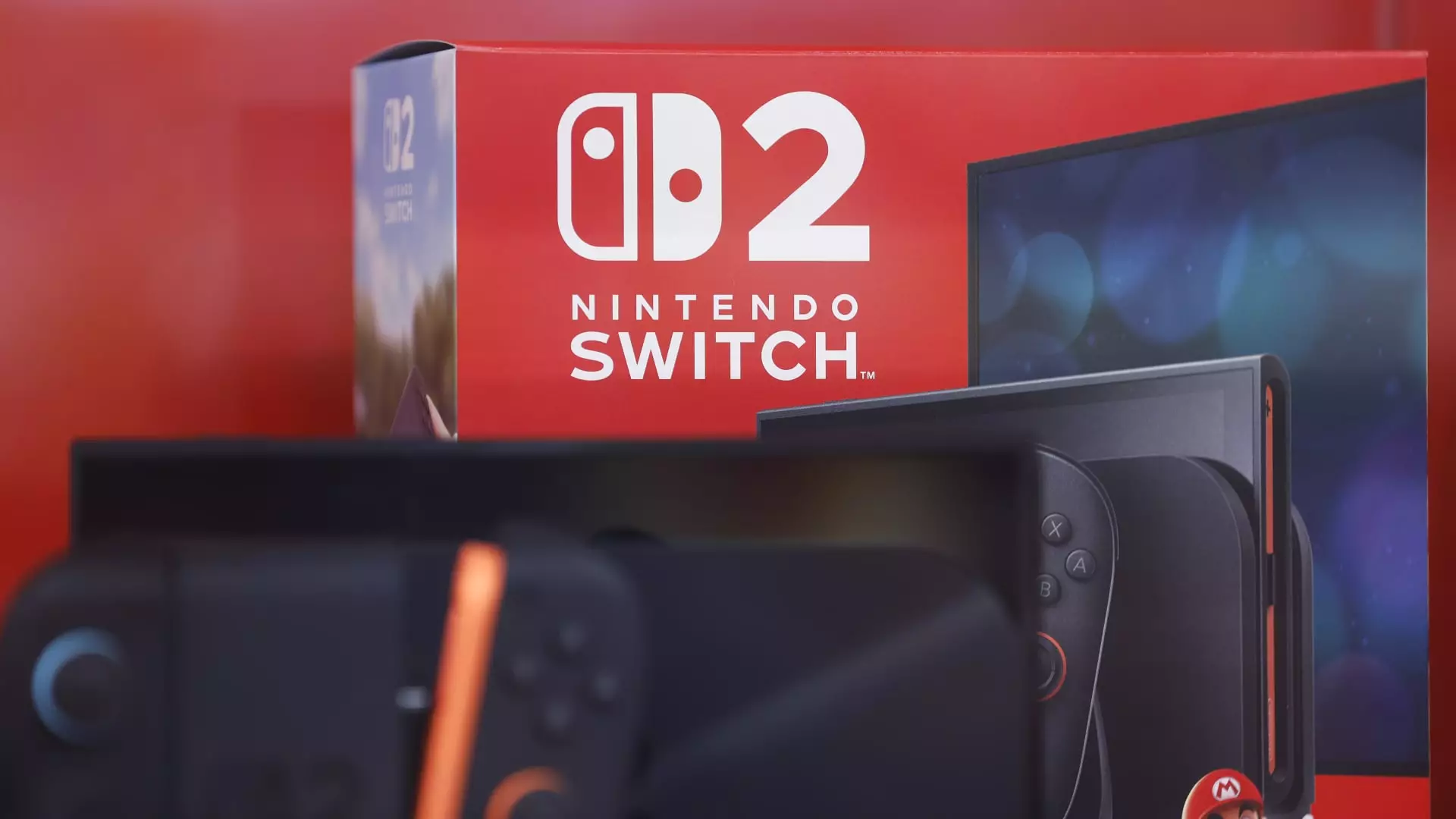Nintendo’s latest financial surge fuels both optimism and skepticism. The company’s recent performance seems to showcase a masterstroke—more than doubling its revenue compared to the previous year, driven by the overwhelming success of the Switch 2. This surge can mistaken as a sign of robust innovation, but beneath the surface lies a complex web of assumptions and potential pitfalls. Is this triumphant ascent a testament to Nintendo’s strategic brilliance, or is it predicated on an unsustainable bubble fueled by temporary excitement? The company’s confidence, sustained by lofty sales figures and optimistic forecasts, demands a keenly critical lens.
While the initial sales of over 3.5 million units within the first four days for the Switch 2 appear exceptional, this burst of enthusiasm might be short-lived if Nintendo fails to innovate beyond the hype or manages to address diminishing returns on its core business. The reliance on high demand for a single product wave presents a fragile foundation. Will Nintendo continue to evolve and sustain its growth, or is this merely a fleeting moment of market euphoria?
Balancing Growth with Risks and Realities
The company’s refusal to adjust its annual sales forecasts, despite acknowledging market shifts—such as U.S. tariffs—show a certain bravado that should be scrutinized. Although analysts like those at Morningstar believe Nintendo will recover from tariff impacts by expanding its audience, this optimism appears overly confident in the face of potential long-term headwinds. The threat posed by increased tariffs complicates the narrative of unimpeded growth. It raises questions about whether Nintendo’s reliance on a broader user base is enough to offset the geopolitical and economic hurdles it faces.
Moreover, the decline in revenue from its other ventures, especially related to intellectual property such as “The Super Mario Bros. Movie,” signals that Nintendo’s health is multifaceted. The company’s dependency on its flagship console to generate the majority of profits leaves it vulnerable. Are they overestimating the sustainability of such a model, or are they ignoring the risks of market saturation and consumer fatigue? This underlines a critical flaw: assuming that a successful product launch guarantees long-term prosperity without due diligence or diversified growth strategies may invite disappointment.
Implications for Broader Consumers and Industry Dynamics
From a liberal perspective, Nintendo’s aggressive push raises questions about the wider implications for consumers and the gaming industry as a whole. The company’s focus on high-priced hardware could lead to increased inequality in access, given the economic disparity and the potential for exclusive or premium gaming experiences to dominate the landscape. This shift might marginalize younger or less affluent demographics, contradicting the more inclusive intentions often associated with entertainment and cultural integration.
Furthermore, Nintendo’s actions signal a broader industry trend—where technological breakthroughs and market monopolization are driven more by corporate ambition than consumer welfare. Their potential to monopolize gaming experiences with expensive hardware risks alienating loyal fans and stifling diversity in game development. Such monopolistic tendencies could hinder innovation that benefits the many, favoring profits over artistic and social progress.
Nintendo’s recent financial and strategic moves should be closely and skeptically examined. While the company’s current success is undeniable, the sustainability of that growth hinges on navigating regulatory challenges, market dynamics, and ethical considerations. Their willingness to boldly embrace risks might lead to world-changing innovation—or it could become a cautionary tale of overreach and underpreparedness, exposing vulnerabilities disguised behind a veneer of success.

